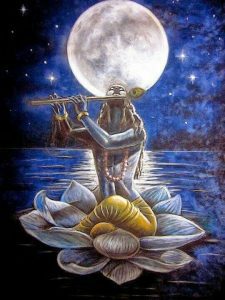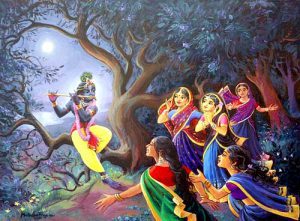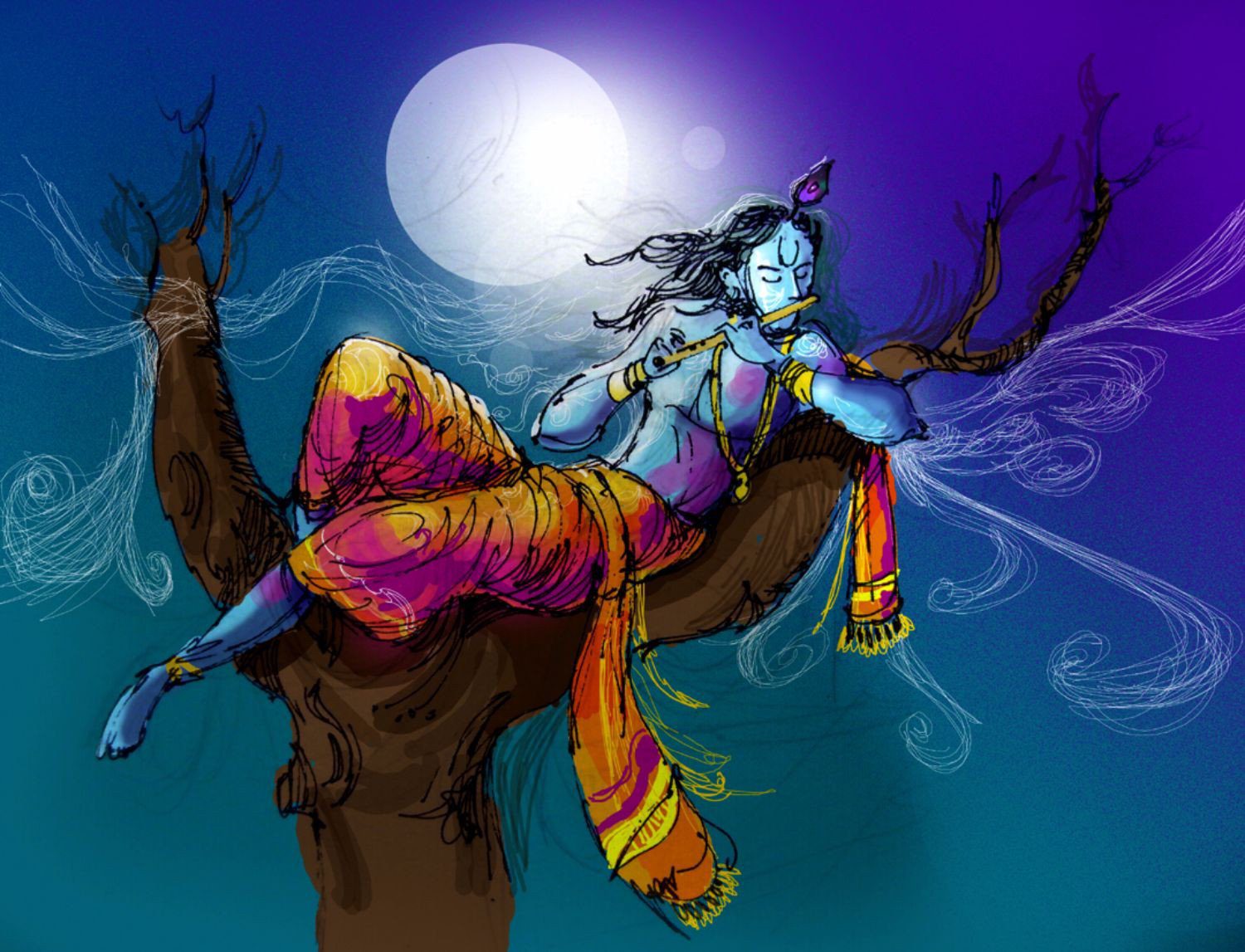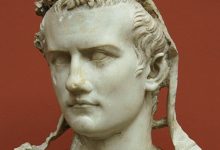Nilanjana retells a story from the Bhagavatam about the magical divinity of Krishna’s flute, in the weekly column, exclusively for Different Truths.
Parikshit was looking forward to the next story. Sukha continued narrating, “Sharad Ritu (around October) had just set in. The days were pleasant and the nights lovely. The jasmines blossomed at night and the air merrily carried their perfume around.
“One full moon night, Krishna took his flute and pressed it against his lips. The encha nting music that emanated was so magical that Vrindavan was completely mesmerized. Especially, the gopis. They left their regular tasks and ran towards the source of the music. One gopi was milking her cow. She left the cow and the vessel and rushed out of the house. Another one left the food that she was cooking on the fire-oven and ran out. Another left her crying baby and rushed towards the music. One was applying kajal (collyrium) on her eye when she heard the music. She left her make-up halfway and ran out. However, some were restrained at home. They thought only of Krishna. Their mind was completely occupied with his thoughts. This led them to a deep trance where their sins got destroyed and they achieved Moksha (liberation)…”
nting music that emanated was so magical that Vrindavan was completely mesmerized. Especially, the gopis. They left their regular tasks and ran towards the source of the music. One gopi was milking her cow. She left the cow and the vessel and rushed out of the house. Another one left the food that she was cooking on the fire-oven and ran out. Another left her crying baby and rushed towards the music. One was applying kajal (collyrium) on her eye when she heard the music. She left her make-up halfway and ran out. However, some were restrained at home. They thought only of Krishna. Their mind was completely occupied with his thoughts. This led them to a deep trance where their sins got destroyed and they achieved Moksha (liberation)…”
“I have a question,” Parikshit interrupted.
“Yes?” Sukha asked.
“I have a doubt,” Parikshit said, “you just said that these gopis attained moksha as they thought about Krishna, but then their love was completely sensual. They did not worship him as a parabrahman1. Krishna was very handsome and desirable. They fancied  him as a lover who could grant them sensual pleasure. How could they attain moksha then? How can this kind of love be called bhakti or devotion? Can you please explain this mystery?”
him as a lover who could grant them sensual pleasure. How could they attain moksha then? How can this kind of love be called bhakti or devotion? Can you please explain this mystery?”
Sukha explained, “The gopis were ignorant and completely under the veil of prakriti2. They were simple people with basic understanding. They did not understand philosophy or spirituality. Yes, they craved for him like they would for an earthly lover. Since Krishna was aparabrahman who had assumed a human form, this craving modified itself to bhakti (devotion) and they attained moksha. Any kind of emotion for the parabrahman – like hatred, love, lust – does not really matter. What matters is that one is focused on divinity! Sishupal hated Krishna so he kept on thinking about him. That way even he got liberated. Anybody who has constant love or constant hatred or constant anger or any other emotion where one keeps on thinking about divinity all the time is sure to get liberated…”
[To be continued]
Glossary
1) Parabrahman – The cosmic spirit. Can only be experienced through meditation. It is usually not an object of religious worship.
2) Prakriti – In Sankhya philosophy, Prakriti is Nature as distinguished from Purusha (another name of the cosmic spirit) – the original source of the material world consisting of the three gunas (sattva, rajas, tamas). Gunas – Literally means qualities or attributes. There are 3 kinds of gunas:
- i) Sattvaguna or sattva – This is the highest of the 3 gunas. It indicates goodness and purity;
- ii) Rajoguna or rajas – This is the second, indicating activity (when on a positive swing) and restlessness (when negative);
iii) Tamoguna or tamas – This is the lowest one indicating rest (when positive) and lethargy (when negative).
All the three take turns to dominate the human mind.
Footnote: Srimad Bhagavatam is often called the Bhagavad Purana. Authored by Ved Vyasa, the stories are about the various avatars(incarnations) of Lord Vishnu, also known as Narayana. These stories are narrated by Ved Vyasa’s son Sukhadeva to King Parikshit.
©Nilanjana Dey
Photos from the Internet
#Krishna #FluteOfKrishna #MagicOfKrishna #SrimadBhagavatam ##VedVyasa #Narayana #StoriesOfKrishna #Gopis #MythAndMythology #DifferenTruths






 By
By


 By
By
Thank you for sharing……I shall look forward to more